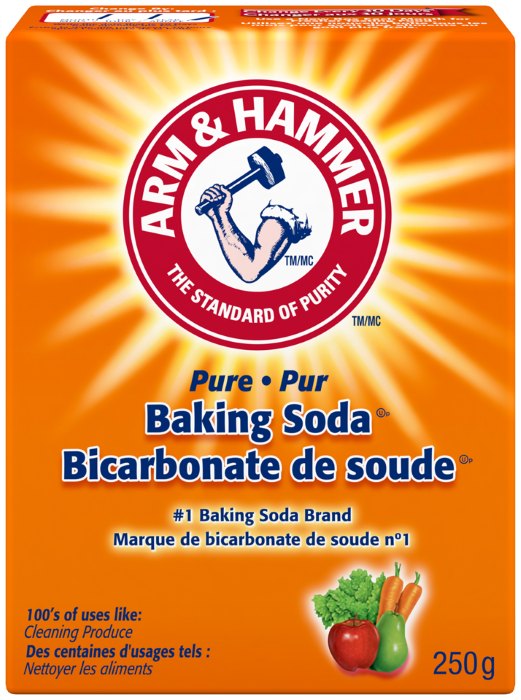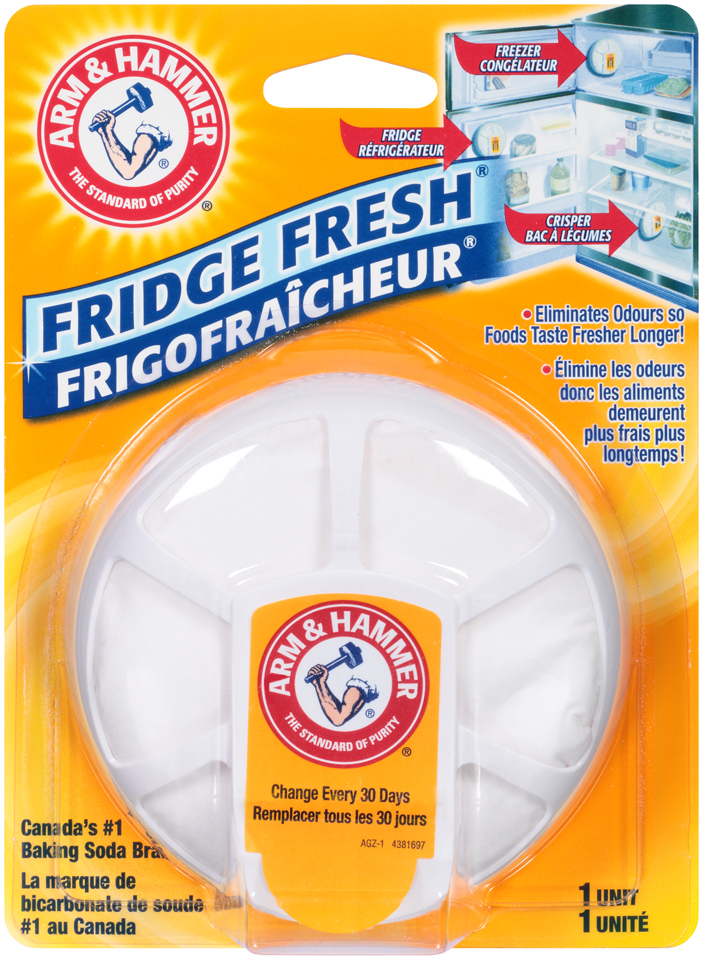Maintaining the proper balance of your pool’s water chemistry is key to keeping your family healthy — avoiding the itching, burning and bacteria that can make you sick. And there are plenty of factors that can throw off the balance, from sunlight to falling debris to body oils.
Keep your test strips or test kit handy so you can check your pool water every day and make sure levels are where they need to be. Here’s a guide to help you:
|
What to Measure
|
What it Means
|
Ideal Range ( ppm= parts per million) |
When to Test
|
|
Alkalinity
|
The water’s ability to resist pH change |
110-150 ppm |
Weekly |
|
pH |
The measurement of acidity or basicity of water on a scale of 0-14. A pH of below 7 indicates water is acidic, above 7 indicates water is alkaline (basic). The correct balance can help minimize eye irritation, reduce odor, help prevent corrosion, keep water crystal clear, and avoid scaling (growth of mineral deposits on pool surfaces and equipment, which can impact their performance. |
7.4-7.8 |
Daily |
|
Free Available Chlorine |
The amount of active chlorine in water that’s able to destroy bacteria, algae and other organic matter. |
1.0-3.0 ppm |
Daily |
|
Calcium Hardness |
Also called calcium carbonate. Although some level of hardness may be desirable to reduce the chance of corrosion, higher levels indicate a greater chance for scaling. |
Below 250 ppm |
Weekly |
|
Cyanuric Acid
|
A stabilizer that helps reduce the loss of free available chlorine due to sunlight and evaporation. |
25-50 ppm (never exceed 100 ppm) |
Twice per season |


